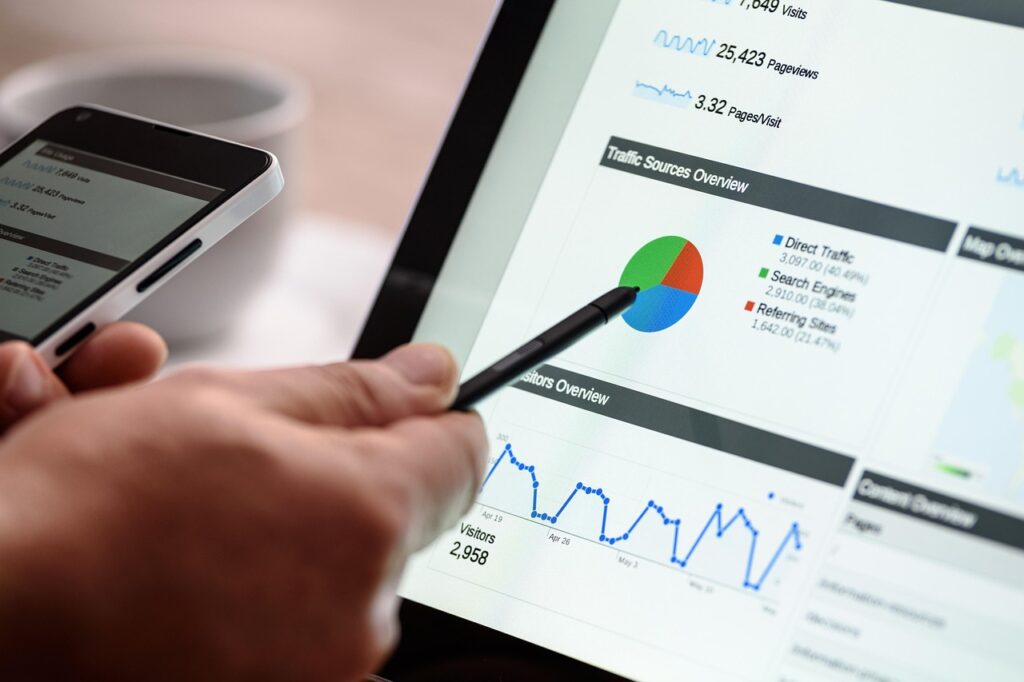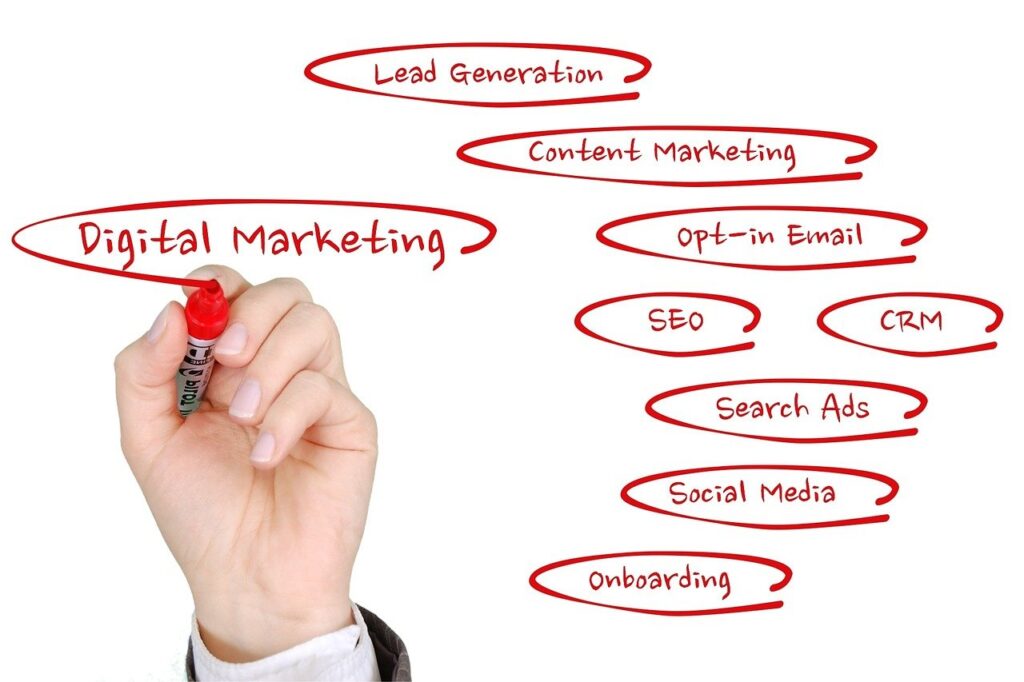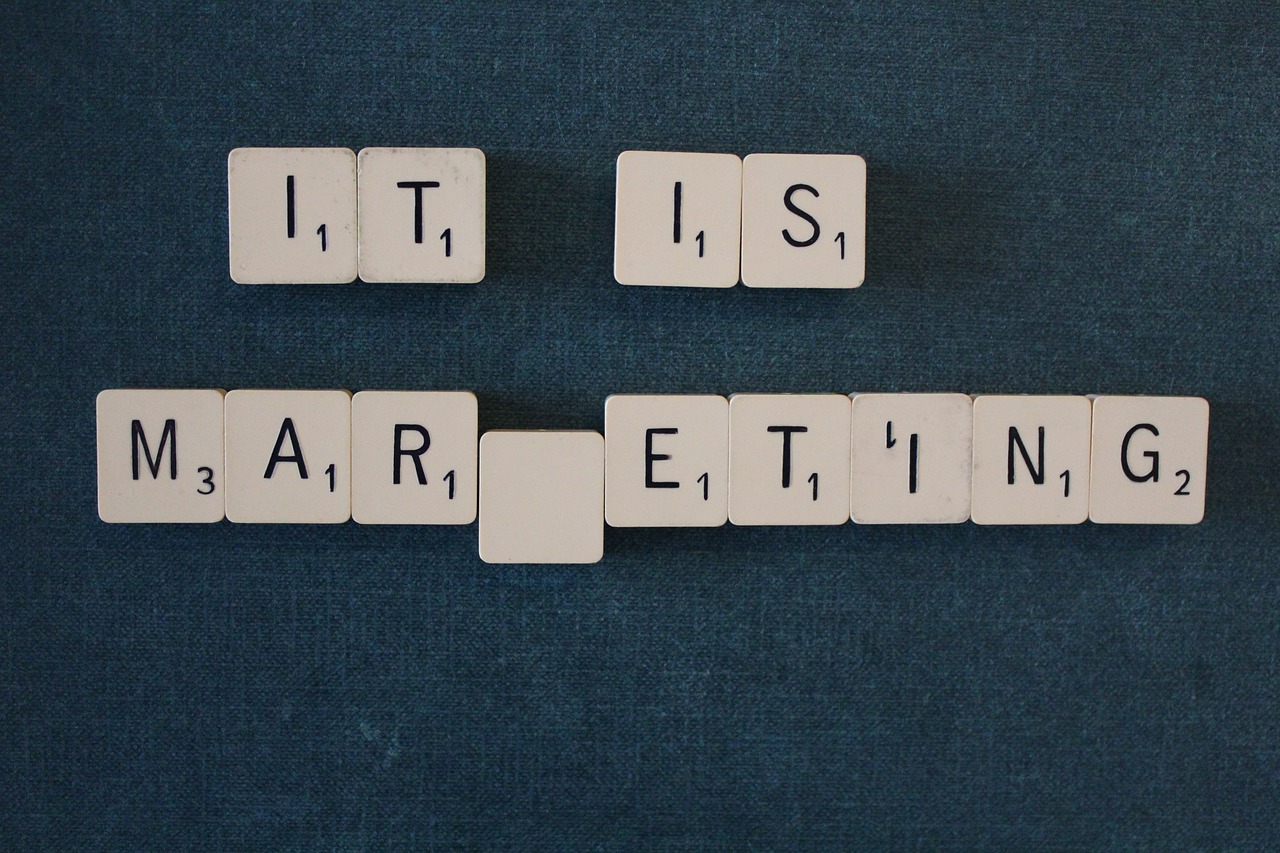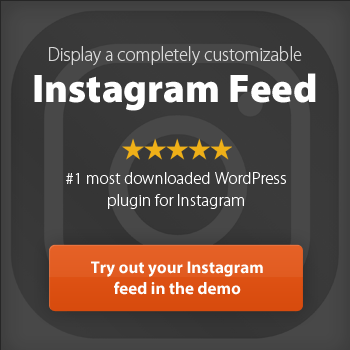As a small business owner, deciding how to allocate your advertising budget is no small feat. For years, print advertising dominated the marketing landscape, with advertisers leveraging bold newspaper spreads, eye-catching magazine ads, and creative direct mail campaigns.
But with the rise of digital platforms, the way businesses connect with their target audience has drastically evolved.
Today, we’ll explore the pros and cons of print advertising and digital marketing to determine which strategy better suits small businesses. While print advertising still holds value in some cases, we’ll make a strong case for why digital marketing is often the smarter choice.

Understanding Print Advertising
What is Print Advertising?
Print advertising refers to promotional content featured in physically printed media like newspapers, magazines, brochures, flyers, and direct mail, with each advertisement designed to capture the audience’s attention through striking visuals, compelling messaging, and a tangible presence.
Its purpose is to capture the audience’s attention through striking visuals, compelling messaging, and a tangible presence.
Types of Print Advertising
Print advertising encompasses a wide range of formats and mediums, each with its own unique characteristics and advantages.
Looking for an experienced Wordpress Development company?
Understanding the different types of print advertising can help businesses choose the most effective channels to reach their target audience.
Magazine Ads
Magazine ads are a popular form of print advertising that allows businesses to target specific demographics and interests. Magazines cater to various niches, making it easier for businesses to reach their desired audience.
Magazine ads can be highly effective in creating a lasting impression on readers, with 79% of people taking some form of action after reading a print ad. Whether it’s a glossy spread in a fashion magazine or a clever visual in a tech publication, magazine ads can captivate readers and drive engagement.
Local Newspapers
Local newspapers are a cost-effective way to reach a large audience in a specific geographic location. Newspaper ads can be targeted to specific demographics and interests, making them an effective way to reach potential customers.
Local newspapers are also highly trusted by consumers, with 82% of US consumers trusting newspaper ads. For small businesses looking to build a local presence, newspaper ads can be a powerful tool to connect with the community and attract more customers.
Direct Mail
Direct mail is a targeted form of advertising that reaches potential customers directly. Direct mail can be used to share business messages, reinforce brand identity, and promote products and services.
Direct mail is a cost-effective way to reach a specific audience, with 70% of Americans saying that physical mail is more personal than digital communication. Successful direct mail campaigns can create a tangible connection with recipients, making them feel valued and more likely to respond to the advertised product or service.
Benefits of Print Advertising
- Tangibility and Credibility: Printed materials like newspapers and magazines create a lasting impression due to their physical nature. A glossy magazine ad, for instance, can stay on a coffee table for weeks, subtly reminding readers of a brand.
- Local Focus: For small businesses targeting a niche audience within a geographic location, local newspapers and direct mail can be effective at reaching certain audiences.
- More Control: Print advertising allows the audience to engage with the content at their own pace, without the interruptions typical of digital ads. This sense of control enhances the audience's perception of the brands, making them more favorable towards print ads.
Limitations of Print Advertising
- Limited Targeting: Unlike digital ads, print advertisements cannot target specific audience demographics like interests, age, or online behaviors.
- Target Market: Print advertising may struggle to reach a specific target market as effectively as digital advertising. The broad nature of print media often means that ads are seen by a wide audience, not necessarily the intended demographic.
- Lack of Measurability: Print advertising’s ROI is tough to track. Sure, you can count how many flyers you distribute, but how do you measure impact beyond sales?
- Cost Inefficiency: Designing, printing, and distributing printed materials can quickly add up, with less control over changes once materials go to press.
Challenges of Print Advertising
While print advertising can be an effective way to reach a target audience, there are several challenges that businesses may face:
- Cost: Print advertising can be expensive, especially for large-scale campaigns. The costs of designing, printing, and distributing printed materials can quickly add up.
- Limited Reach: Print ads may not reach as wide an audience as digital ads. The reach of print media is often confined to specific geographic locations or readerships.
- Limited Lifespan: Printed materials have a shorter lifespan than digital ads. Once a newspaper or magazine is discarded, the ad’s visibility diminishes.
- Competition: Print advertising is a competitive market, with many businesses vying for attention. Standing out in a crowded space requires creativity and strategic placement.
Creating Effective Print Ads
Creating effective print ads requires a strategic approach that takes into account the target audience, marketing goals, and design elements. Here are some tips for creating effective print ads:
- Know Your Audience: Understand who your target audience is and what they are interested in. Tailor your message to resonate with their needs and preferences.
- Use Eye-Catching Visuals: Use images and graphics that grab the reader’s attention and create an emotional response. Clever visuals can make your ad memorable and impactful.
- Keep It Simple: Use clear and concise language that communicates your message effectively. Avoid clutter and focus on the key points you want to convey.
- Include a Call-to-Action: Encourage readers to take action by including a call-to-action in your ad. Whether it’s visiting your website, calling your business, or redeeming a coupon, make it easy for them to respond.
- Use QR Codes: QR codes can be used to drive traffic to your website or social media pages. They provide a quick and convenient way for readers to engage with your brand online.
By understanding the different types of print advertising and creating effective print ads, businesses can reach their target audience and achieve their marketing goals.

Exploring Digital Marketing
What is Digital Marketing?
Digital marketing encompasses a wide range of promotional strategies that operate on digital platforms, including social media ads, email marketing, search engine optimization (SEO), and pay-per-click advertising.
It's designed to connect businesses with a specific audience using analytics and data-driven techniques.
Benefits of Digital Marketing
- Precise Targeting: Digital platforms allow businesses to target a specific demographic based on factors like age, location, interests, and even user behavior. For example, Facebook Ads Manager lets you deliver ads to customers who interacted with similar products or services.
- Measurable ROI: Tools like Google Analytics and Facebook Insights track ad performance in real time, helping businesses make strategic adjustments to boost effectiveness.
- Cost-Effective: Digital marketing campaigns can be tailored to fit any budget. Small investments in email marketing or social media ads can yield significant results.
- Real-Time Adjustments: With digital marketing, you can pause or tweak campaigns based on performance metrics instantly.
- Audience Engagement: Social media platforms allow for two-way communication, fostering interaction and building brand loyalty.
Limitations of Digital Marketing
While incredibly effective, digital marketing does require ongoing management and expertise to optimize campaigns effectively. Without proper knowledge of platforms and tools, efforts may not produce their full potential impact.

Precise Targeting: Digital Marketing Leaves Print Behind
When it comes to reaching a particular audience, digital advertising platforms hold the upper hand. Tools like Google Ads and Facebook Ads allow businesses to deliver their message to potential customers with remarkable precision.
Want to reach women aged 25–40 interested in sustainable fashion within a 10-mile radius of your store? No problem.
On the other hand, print advertising relies on geographic location and broader audience assumptions. A general ad placement in a local newspaper might reach readers’ minds, but it doesn’t guarantee resonance with your specific demographic.

Measuring ROI: A Clear Advantage for Digital Marketing
With digital marketing, businesses have access to analytics tools that offer detailed insights into campaign performance. Want to know how many people clicked on your ad, completed a purchase, or signed up for your newsletter? Digital tools make it possible.
Print ads, in contrast, operate in a vacuum. Aside from manually tracking coupon redemptions or quick response (QR) code scans, there are limited methods for measuring performance, making it hard to identify success or failure.

Cost-Effectiveness for Small Budgets
Digital marketing offers unparalleled flexibility and more control for managing costs. Platforms like social media and email marketing campaigns allow you to set budgets as low as a few dollars per day, ensuring you can scale campaigns without overspending.
On the contrary, print media typically has a fixed cost regardless of the outcome, and changes to a campaign can result in reprinted materials, driving costs higher.
Engagement and Interaction
One of digital marketing’s biggest advantages is its ability to foster engagement and capture the audience's attention. Social media ads, for example, encourage interaction through comments, likes, and shares, while email campaigns can spark direct replies or clicks to your website.
Print advertising is static in nature, often functioning as a one-way communication channel. While its tangible nature can attract interest, it doesn’t offer the same immediacy or interaction opportunities as digital platforms.
Can Print Advertising Still Be Viable?
Absolutely. Print ads can shine when promoting businesses with a localized focus, like a neighborhood café or a local clothing boutique.
For specific industries, such as luxury products or niche magazines, brands still command attention and create an air of exclusivity through print advertising. However, its limitations make it less effective for many small businesses trying to maximize their reach and ROI.

Why Digital Marketing is the Smarter Choice
- Better Targeting – Tailor your campaigns to hit the right audience at the right time.
- Trackable Results – Measure every click, view, and conversion.
- Cost Efficiency – Scale your campaigns based on budget and performance metrics.
- Engagement – Build relationships with your audience in real time.
- Flexibility – Constantly refine your message to adapt to feedback and trends.
Small businesses operating on limited budgets can’t afford to invest in marketing efforts that won’t yield measurable results. Digital marketing ensures businesses get more bang for their buck.

Take the Guesswork Out of Marketing with Priceless Consulting
At Priceless Consulting, we specialize in helping small businesses thrive through the power of digital marketing. From social media ads and SEO to email and Google advertising, we provide tailored strategies to meet your specific goals.
Your small business deserves a strong online presence that drives real results. Contact us today to discuss your next marketing strategy, and start converting clicks into customers. Together, we’ll help you grow smarter, not harder.
Learn More About Marketing
Marketing is a constantly evolving field, and staying informed is key to success. Below are some valuable resources to deepen your understanding of various marketing strategies and tools:
- American Marketing Association (AMA) – A leading resource for marketing professionals offering articles, webinars, and certifications.
- HubSpot Marketing Blog – Insightful blogs and guides on digital marketing, content creation, SEO, and more.
- Google Digital Garage – Free courses by Google to sharpen your digital marketing skills.
- Neil Patel's Marketing Resources – Expert advice and tools for SEO, content marketing, and analytics.
- Social Media Examiner – News, tips, and strategies to amplify your social media presence.
- HubSpot Academy – Free online courses focused on inbound marketing, sales, and customer service tools.
- Moz Learning Center– Comprehensive resources to enhance your understanding of SEO and online visibility.
- Canva Design School – Learn the principles of graphic design and visual content creation for your marketing campaigns.
- Ahrefs Blog – Actionable SEO tips and strategies tailored for marketers of all skill levels.
These trusted platforms offer a wealth of knowledge to help you refine your marketing approach, ensuring your business remains competitive and effective in today's landscape.







